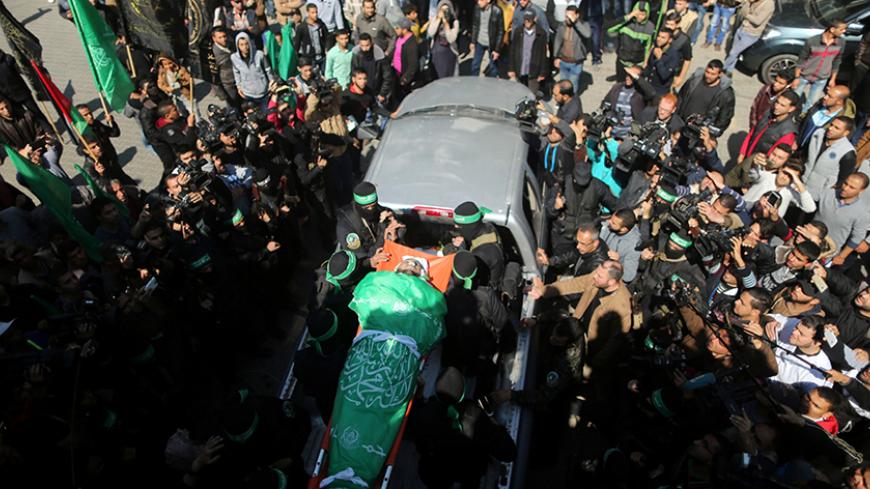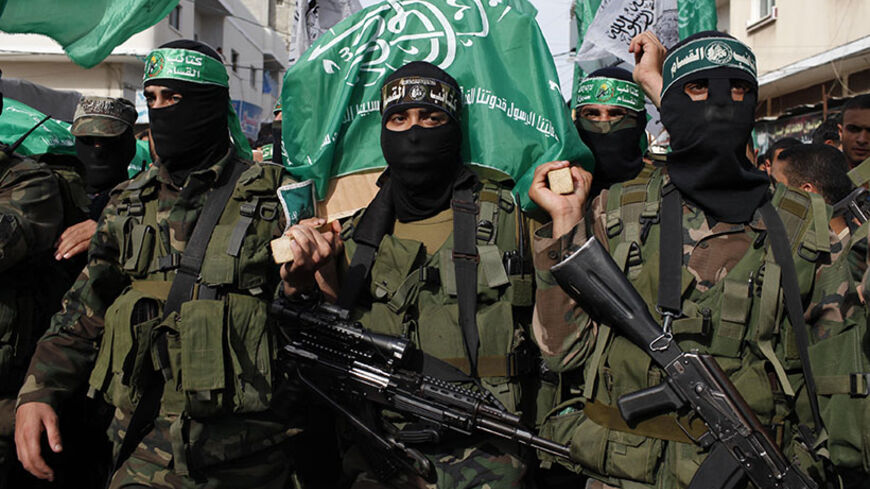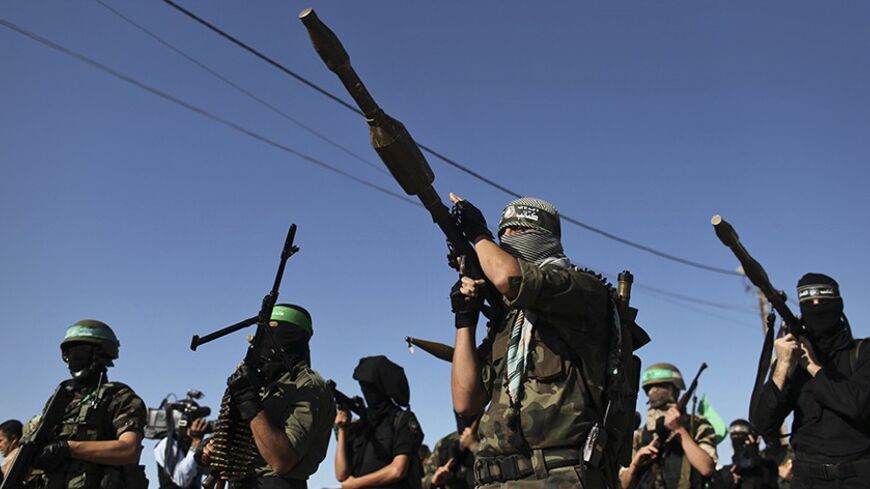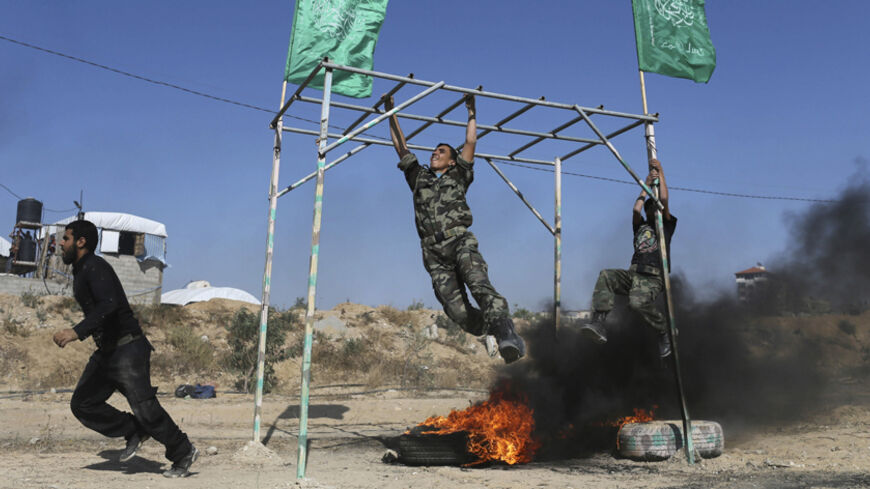Hamas takes Israeli threats seriously
Hamas is paying close attention to Israel's latest threats of military retaliation and a possible re-invasion of Gaza.

GAZA CITY, Gaza Strip — In mid-March, Palestinians and Israelis fought another round that included the launching of dozens of rockets at Israeli settlements and Israeli attacks on Gaza.
This latest fight was expected to end in a fashion similar to previous ones, with an exchange of statements between Gaza and Tel Aviv. However, this time around, the latter raised the bar and issued threats about possibly occupying the Gaza Strip anew and purging it of its military arsenal and rocket-launching capability, as Foreign Minister Avigdor Liberman has called for.






